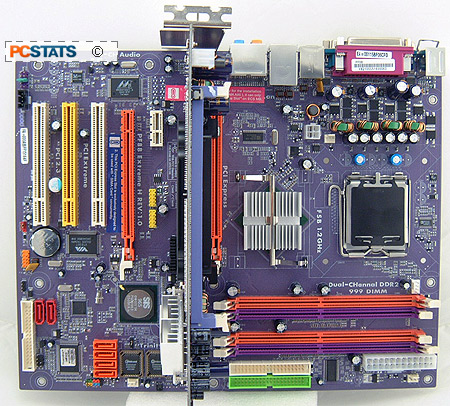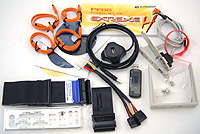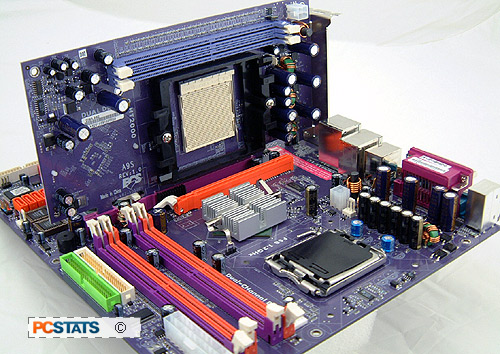Software flexibility
is probably the computer's greatest asset. A given computer can be just a
workstation PC in one person's hands, yet be a lightning fast gaming rig to another. If you don't
like Windows or a particular software program then scrap them and try one of the many alternative
operating systems or competing applications on the market. It's your
choice.
While flexibility is the name of the game in the
software world, the computer hardware realm is a lot stricter. Considering most
users only upgrade or buy a new desktop system every few years, the
mainstream PC processor choices are either AMD
or Intel - where mainstream non-MAC users are concerned anyway. And once you've made
that choice you've got to stick it out for the long run, even if the opposition has
better technology a little later on. It's even worse for enthusiasts who upgrade consistently, since
moving platforms can incur huge costs in new memory, videocards
and supporting hardware.
AMD and Intel technologies are completely different from each other, so it's impossible
to use one product in the other's platform. Or at least that has been the
general rule until now...
What would you say if PCSTATS told
you that we have a motherboard here which combines the best of both Intel and
AMD CPUs
through an innovative daughtercard system, all one board? The ECS
PF88 Extreme Hybrid motherboard is on our
test bench for a thorough examination, and in the configuration pictured it works with either a socket 775
Intel Pentium 4 or socket 939 AMD Athlon 64 processor. Intrigued yet?
 |
|
ECS PF88 Extreme
Hybrid |
|
|

 |
| Includes: |
Motherboard manual, Motherboard Driver CD,
WLAN Driver CD, Software CD, One Ultra/133 IDE cable, One
Ultra/33 IDE cable, one Floppy Cable, Four Serial ATA Cables,
Molex Y Serial ATA Power Cable, Front Panel USB/IEEE1394
Mount, USB/IEEE 1394 Bracket, Serial ATA Bracket, USB 802.11g
NIC |
 | | |
Natively,
the ECS PF88 Extreme Hybrid motherboard uses
the SIS 656 Northbridge chipset which supports Socket 775 Pentium 4 processors in 1066/800/533
MHz FSB flavours (SiS only says the 656 supports up to 800 MHz), as well as up to
4GB of DDR2 memory. Despite the two PCI Express x16 slots on the PCB, the SiS
656 only supports one videocard. The second PCI Express x16 slot is for... other platforms (more on
this later).
The weird PCI Express looking slot between the two PCI Express x16 slots
is where the magic happens thanks to SiS. In what ECS calls the 'Elite BUS slot', we can
insert a 'SIMA daughtercard' which enables the board to use other platforms using compatible SiS chipsets
(such as Athlon64, Socket 478 P4 or Socket 479 Pentium M) with the resources of the main
motherboard. Neat.

The SiS 965
Southbridge supports four Ultra/133 IDE HDDs as well as four Serial ATA I HDDs
which can run in RAID modes 0, 1
and 0+1. Other hardware goodies include IEEE 1394a, an additional Silicon Image Serial ATA II RAID controller, Gigabit LAN,
a USB 802.11g Wireless NIC and 7.1 channel audio. All these
I/O resources are available regardless of which processor, or northbridge chipset, the PC happens to
be using.

